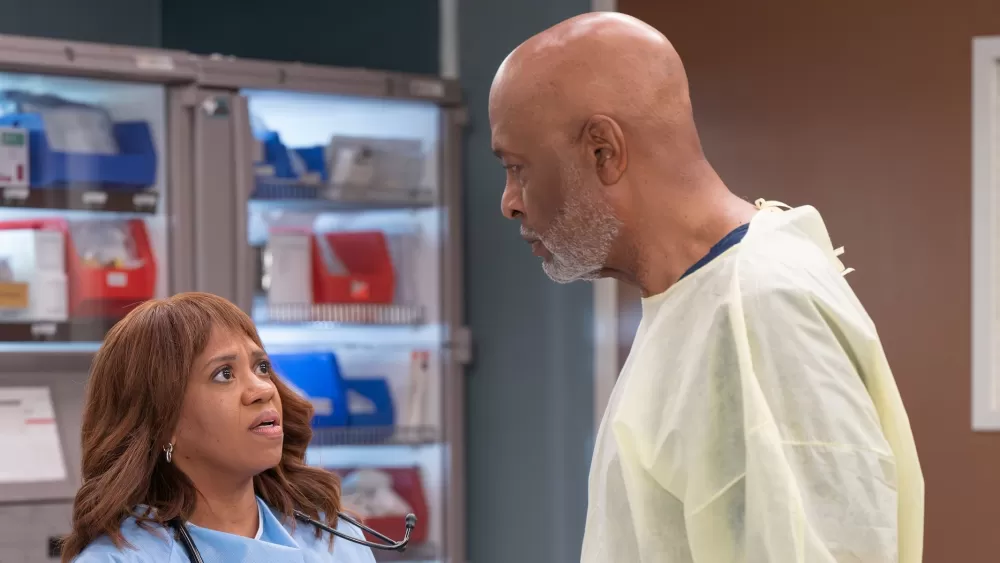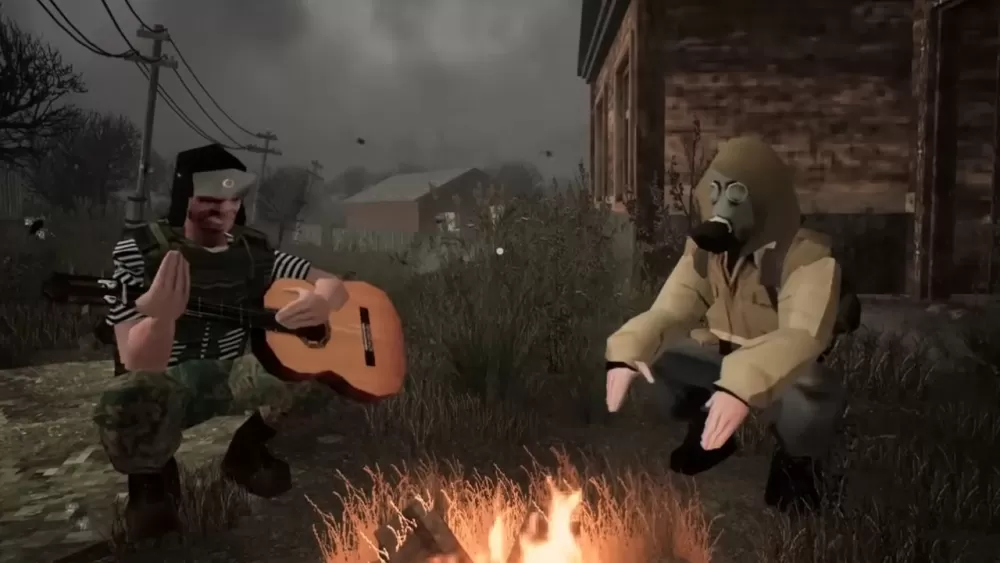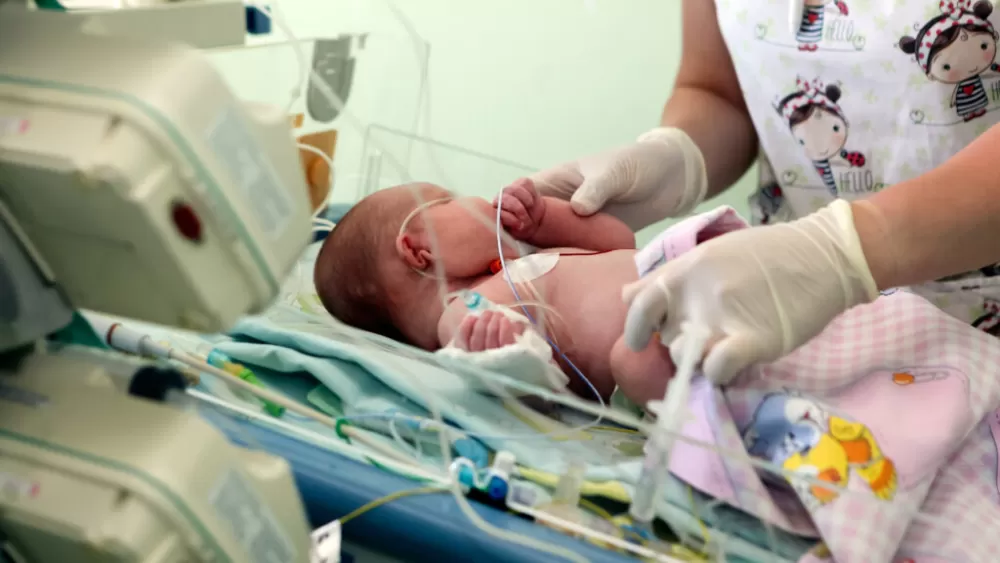A Second Chance at Justice? Revisiting the Tragic Yelm Bar Shooting and the Shifting Sands of Juvenile Law
Share- Nishadil
- November 15, 2025
- 0 Comments
- 3 minutes read
- 9 Views

Ten years, even more actually, after the brutal shooting that claimed Brian Schertz’s life outside a Yelm bar, the legal landscape surrounding one of his killers has, well, shifted dramatically. It’s a development that undoubtedly stirs a complex mix of emotions for everyone involved, particularly the victim’s family, and it truly makes you ponder the very nature of justice. Bobby G. Herron, the man convicted as the shooter in that horrific 2010 incident, has won a resentencing — a decision that means his nearly three-decade prison term might just be reevaluated.
You see, Herron was barely an adult at the time of the crime; he was 17. And for years, his fate seemed sealed, a 30-year sentence handed down in 2013 for first-degree murder. He had, after all, pulled the trigger, leading to a profound, irreparable loss. His accomplice, Jacob Miller, had already received his own sentence, though for different charges related to the incident. But the law, as we know, isn't always static; it evolves, sometimes quite dramatically, reflecting a changing understanding of culpability and reform.
This particular turn of events isn't just some legal fluke, though. It’s rooted in a series of landmark U.S. Supreme Court decisions — specifically Miller v. Alabama from 2012 and Montgomery v. Louisiana in 2016 — which essentially declared mandatory life without parole for juvenile offenders unconstitutional. The reasoning, which has gained significant traction, hinges on the understanding that adolescent brains are still developing, making juveniles inherently less culpable and more capable of rehabilitation than their adult counterparts. Washington state, for its part, responded to this legal earthquake, if you will, by passing ESHB 1171. This law allows those convicted of murder for crimes committed as juveniles to become eligible for parole after serving 20 years, and crucially, it applies retroactively. Yes, retroactively.
So, for Bobby Herron, who was, again, just 17 when he took Schertz’s life, this meant an avenue for appeal. His legal team argued that his original sentence, imposed before these pivotal changes, was simply unconstitutional in light of the new precedents. And the state Court of Appeals, after reviewing the facts, agreed. They found his sentence indeed unlawful under the updated framework, thus sending his case back down to the Pierce County Superior Court for a fresh look, a new sentencing hearing.
What happens now? Well, the Pierce County Superior Court will reconvene to determine a new sentence. It's not a 'get out of jail free' card, mind you, but rather an opportunity for a judge to consider the changed legal context and Herron's age at the time of the offense. The outcome is, for now, uncertain, but it’s a significant moment in this long-running case.
For the Pierce County Prosecutor's Office, this is, of course, a legal mandate they must follow. While acknowledging the legal necessity for resentencing, their statement reflects a profound empathy for Brian Schertz’s family, who will, without doubt, have to revisit the pain of that tragic day once more. And that, in truth, is the human cost often hidden beneath the cold, hard facts of legal precedent.
Ultimately, this case serves as a powerful, if not wrenching, reminder of the delicate balance our justice system continually tries to strike: between accountability for heinous crimes and the evolving understanding of human development and the potential for redemption. It’s messy, complex, and for once, perhaps, it truly makes us reflect on what ‘justice’ really means for everyone involved.
Disclaimer: This article was generated in part using artificial intelligence and may contain errors or omissions. The content is provided for informational purposes only and does not constitute professional advice. We makes no representations or warranties regarding its accuracy, completeness, or reliability. Readers are advised to verify the information independently before relying on







